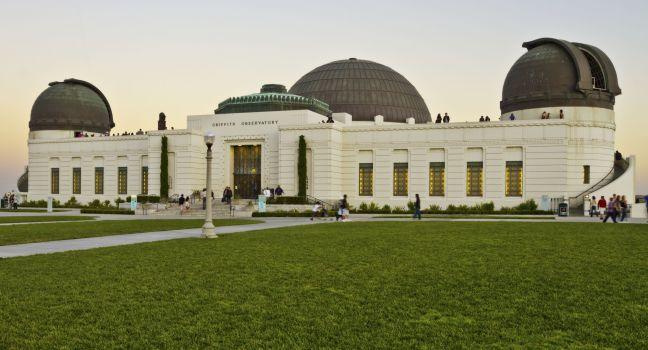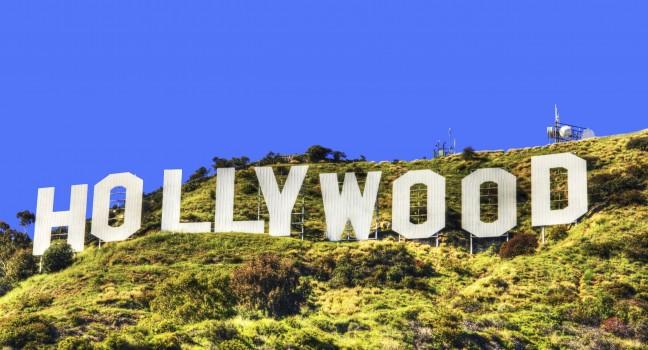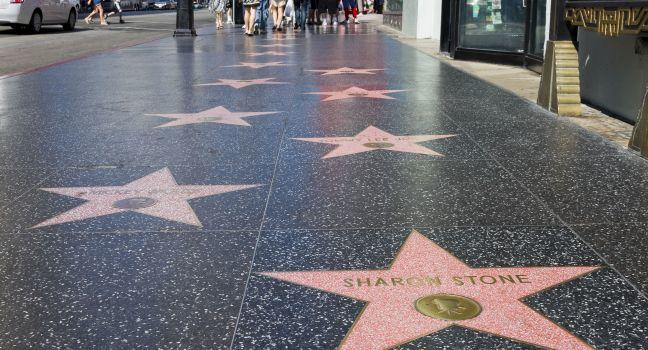El Pueblo de Los Angeles
The oldest section of the city, known as El Pueblo de Los Angeles, represents the rich Mexican heritage of L.A. It had a close shave with disintegration in the early 20th century, but key buildings were preserved, and eventually
At the beginning of Olvera Street is the Plaza, a Mexican-style park with plenty of benches and walkways shaded by a huge Moreton Bay fig tree. On weekends, mariachi bands and folkloric dance groups perform. Nearby places worth investigating include the historic Avila Adobe, the Chinese American Museum, the Plaza Firehouse Museum, and the America Tropical Interpretive Center. Exhibits at the Italian American Museum of Los Angeles chronicle the area's formerly heavy Italian presence.






